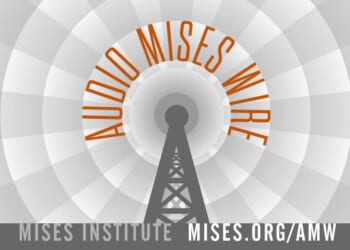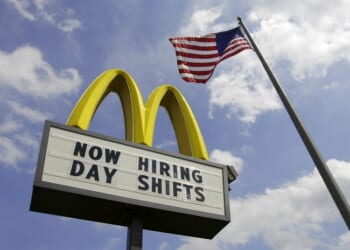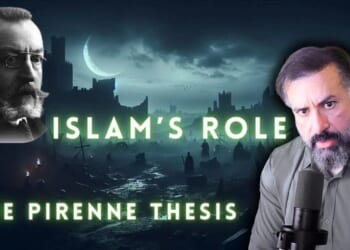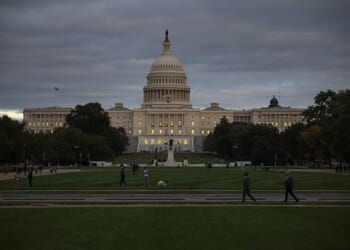Summertime at the Mises Institute is a big deal. Every year from May to August, our top faculty convenes to lead our research fellowship programs and student seminars. The summer ends with our biggest event, Mises University, in which we host more than a hundred college students here at the Mises Institute campus. These young students have the opportunity to spend a full week learning all the basics of Austrian economics, freedom, and peace directly from our senior fellows and other scholars, many of whom are Mises University alumni themselves.
In this issue of The Misesian, we want to give readers a sense of what happens at Mises University by featuring lectures and photos from the event, as well as testimonials from students.
Mises University has always been at the heart of what the Mises Institute is. We have always been, first and foremost, an academic institution, providing rigorous instruction for students, and a base of support for scholars and teachers. Students and faculty who are preserving and teaching the message of freedom and free markets often find few friends in “official” academia. Most colleges and universities, whether they are government-owned or private, are recipients of enormous amounts of government money. Not surprisingly, most are now hostile to the idea of laissez-faire and private property.
From the beginning, the Mises Institute has long sought to provide an antidote to this hostility. We protect radical faculty through our support network, allowing them to spread the truth about markets and the truth about the state. And through Mises University, we provide a refuge for dissident students who seek a serious interpretation of economics, history, international relations, and philosophy that is based on private property and peace.
In this issue, you’ll find two lectures from this year’s Mises University. In the first, I discuss five major myths about the history of political thought, as described by the great, late historian Ralph Raico, who was a senior fellow at the Mises Institute and taught at Mises University for many years. Raico believed it was important for students to know the history of the freedom movement and to learn to discriminate between good and bad ideas among those who claim to be fighting for freedom. Not all who claim to be freedom fighters fit the description.
The second lecture comes from our Senior Fellow Tom Woods, who examines the MAGA movement’s criticisms of economists, Federal Reserve policy, and even free markets. Woods shows that adherents of the MAGA movement must learn sound economics if they hope to defend freedom and prosperity.
And, of course, no issue of The Misesian would be complete without a book review from David Gordon. David is a freedom fighter using his witty and cunning pen to review books from the lens of a free, private property, and laissez-faire order. In this issue, he tackles America’s Fatal Leap, a collection of essays by the late historian Paul Schroeder.
To our many generous donors over the years: None of this would be possible without you.
















